
Saturday night, I drove over 100 miles into the heart of the Everglades to get away from light pollution and attempt shooting the Milky Way for the first time after years of considering the possibilities. I learned some valuable lessons from my attempt that are worth sharing, since many of the articles I have read while thinking about this task have glossed over them in favor of serving up eye candy and image manipulation techniques.

Planning
The first thing you should take into consideration is safety since you need to travel to a remote location to get away from light pollution. The spot that I chose to shoot the Milky Way from (48900 Tamiami Trl E Ochopee, FL 34141) has a lot of wildlife and mosquitoes. If you are not familiar with the area you are going to shoot from, do some research. I’m a native Floridian, so I was already aware of the panthers, alligators, pythons, and mosquitos in the area, but the Zika outbreak is new, so I practically bathed in mosquito repellent and crossed my fingers.
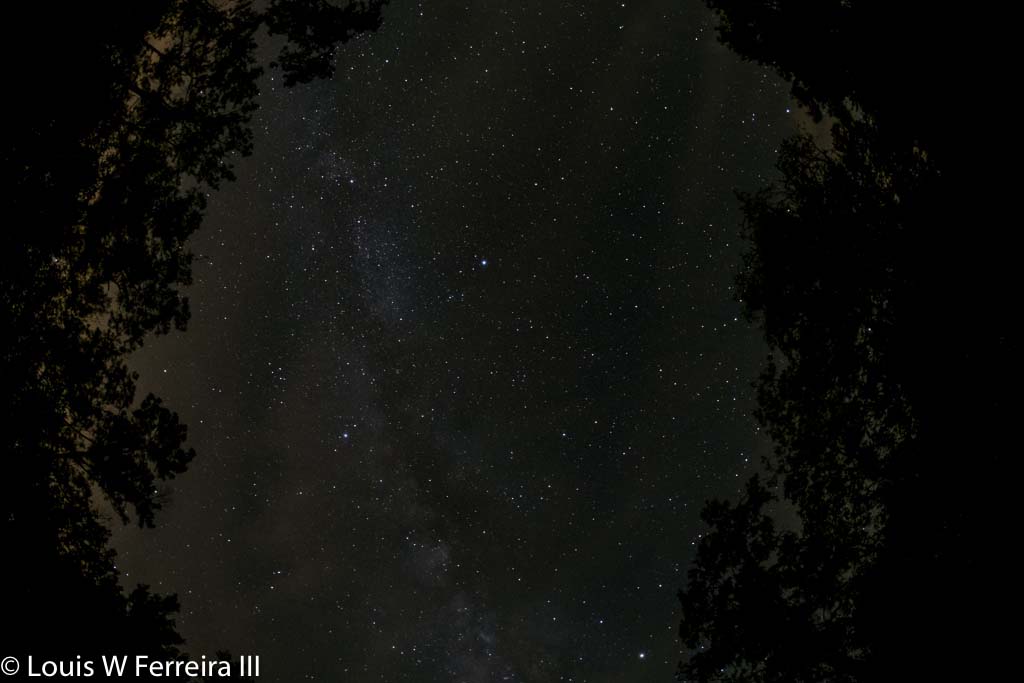
Once you have made plans, you will need to learn to operate your camera by touch, if you don’t know how to already. One of my favorite things about the Fujifilm X-Pro 2 and X-T1 is how much manual controls make this task easier. I never had to use a light to adjust my camera, but to switch lenses, I sometimes needed illumination because some of the bigger XF lenses can be difficult to attach without looking. This can be problematic for photographers who wish to rely on their night vision because sufficient light to line a lens up will affect your night vision temporarily. I didn’t really worry about it because I was using an EVF and LCD, which affected my eyes to a similar degree.
Tweaked to make the Milky Way pop
It’s generally better to over prepare rather than under prepare so be sure to have any food, water, medicine, etc., that you might need because, if the sky is cloudy, it could take all night to get an acceptable shot. I outlasted the group I went with by 4hrs because I really wanted to get a good shot for Fuji Addict, but the clouds never fully went away, so I made due.
Tweaked to make the Milky Way pop
Equipment to Bring
Selecting the right equipment for the job can be difficult because, before you see it yourself, it’s hard to judge the size of the Milky Way in the sky. I brought the Fujinon XF 10-24mm F4 R OIS, Fujinon XF 16 F1.4 R WR and Samyang 8mm F2.8 UMC Fisheye II, but to my surprise, the XF16 was too tight to create the images I envisioned. I was hopeful the 10mm Voigtlander I requested would come in time for this shoot, but maybe I’ll try again next month, weather permitting.
Tweaked to make the Milky Way pop
Having wide glass is more important than having fast glass, which is why I was able to successfully photograph the Milky Way at f4. I could probably shoot all the way up to f8 if the glass was wide enough, but this would severely limit my ability to speed up the shutter or shoot at lowish ISO. The creative possibilities that fast glass provide can be useful if you want to take a low ISO shot or use a faster shutter to reduce motion blur, but having a low chroma noise sensor is probably the most important factor.
Tweaked to make the Milky Way pop
In my opinion, f2.8 provides a nice balance of flexibility and lowish ISO on a modern body for photographing the Milky Way. The XF16 at 1.4 allowed me to shoot with my ISO as low as 800 with the shutter at 15 seconds, while the XF 10-24 required ISO 1600-3200 and 30 seconds. The Samyang 8mm at f2.8 fell in between the two extremes and was the most enjoyable of the three lenses to use because of its performance and ability to capture the entire Milky Way in a single frame. If I had the equipment to optimally capture multiple images for stitch, I’d probably prefer the XF16mm, but a sharp 12mm or wider is probably the best choice for photographing the Milky Way for the majority of Fuji photographers.
Tweaked to make the Milky Way pop
Obviously, you are going to need a tripod for this, so get something firm and light if you’re going to walk to your ideal location. I used a carbon fiber Manfroto with a ball head that I picked up used. You will also need to decide if you want to use a timer, remote trigger app, or a shutter release cable. I was able to capture sharp photos without these, but it is best to use them if you have had issues with long shutter photography in the past. I have read a lot of arguments about how vibration can affect photos, but this issue will continue to be debated until we have perfect electronic shutters, so figure out what works best for you.
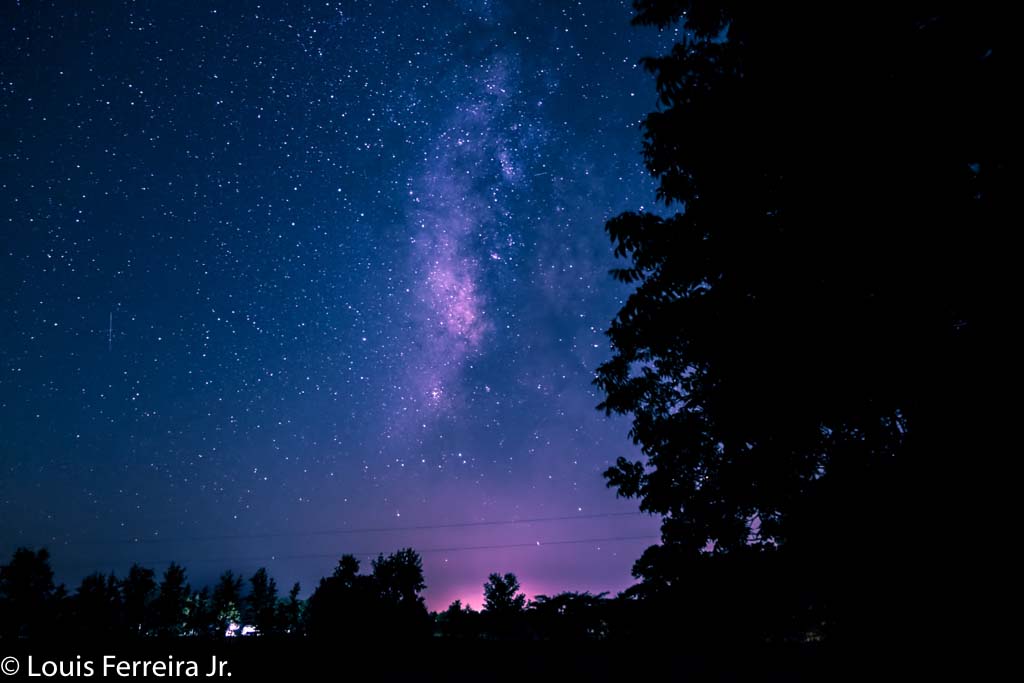
Where is The Milky Way?
The exact location of the Milky Way wasn’t entirely obvious to me at first. The weather conditions hid it for close to an hour, and even with an app, I had trouble; until I trained myself to look for the oddly shaped black spot in the sky. My understanding of what others see when looking for the Milky Way is limited since I have not seen it from many locations and everyone I discussed the topic with seems to see something different in the sky. So, find an app like Star Walk 2 if you have never tried shooting the Milky Way before to avoid confusion. I found it very useful for the first 5 minutes after the Milky Way appeared.
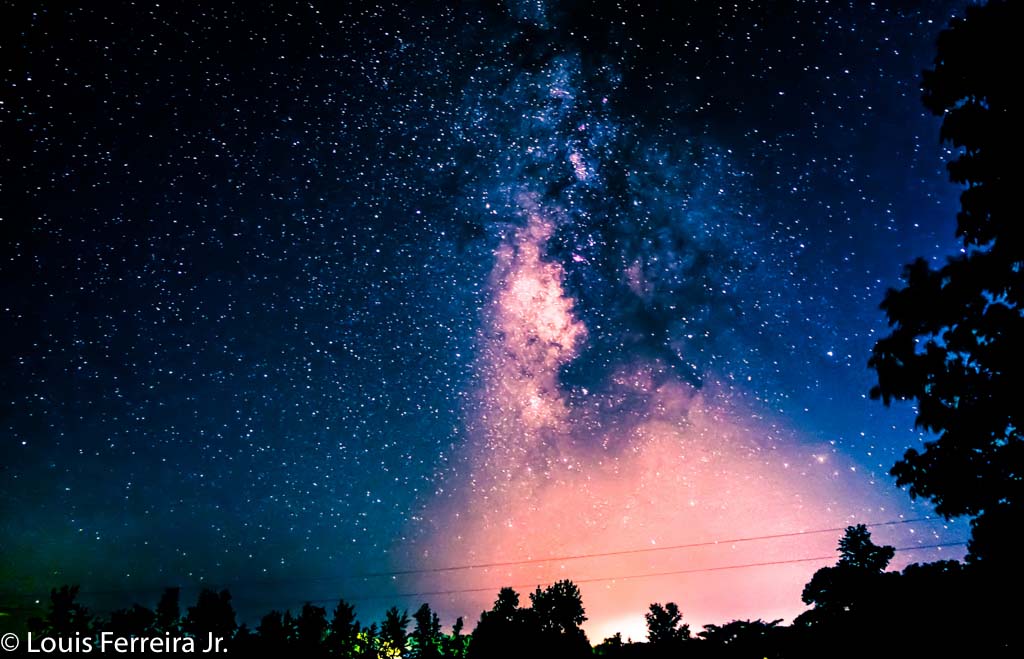
The darker the location, the more the Milky Way stands out to the naked eye, but this also makes framing your photo more difficult because the end results might not be apparent on an EVF/LCD before taking the photo. Once you take an initial image, it is easy to dial in your photos if conditions are ideal, but if they are changing throughout, be prepared for frustration with the variables you can’t control. For example, when shooting with others, they could use a light that shows up in your photo unintentionally or place a camera where your ultrawide lens can see their setup.
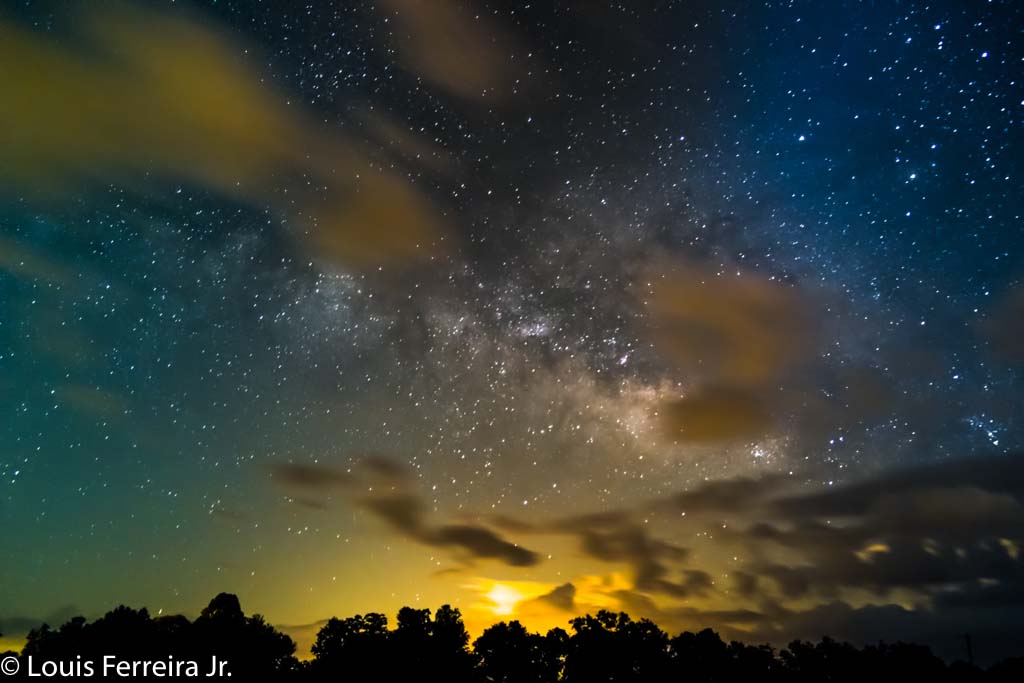
The Results
I haven’t spent more than a few seconds editing my photos because I tend to prefer out of camera images, and I also feel that presenting what you see on your LCD after 15-30 seconds is the most useful photo for an article about photographing the Milky Way. The vast majority of Milky Way pictures in articles on the web are highly processed for taste, which makes them of limited use for someone looking to try to photograph the Milky Way. Seeing only processed images can cause confusion for first time astro shooters, which is why shooting with someone who has shot the Milk Way before can expedite your learning curve.
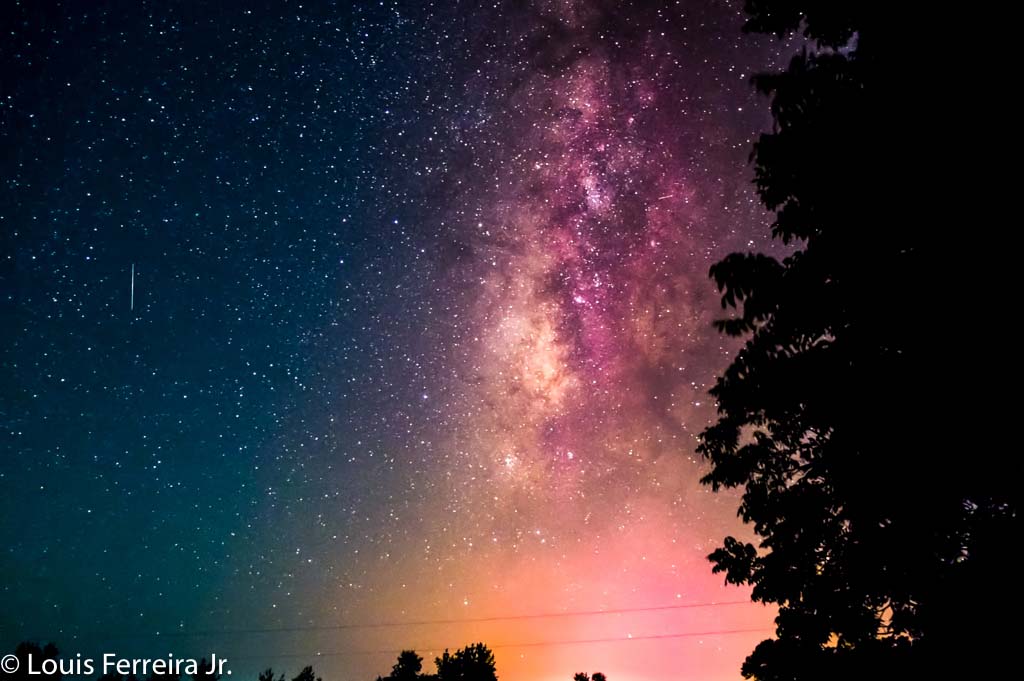
My friend, Yemil Aragon, helped expedite my learning curve and has taken some amazing shots at the location he recommended to me, but he’s only just getting into Fuji cameras. He purchased a Fujifilm X-E2S for his wife and has used it to shoot star trails along side his Canon 6D, which is his primary camera. I am including a few of his photos in this article because he has some shots from the location we went to under ideal conditions, and they are impressive.
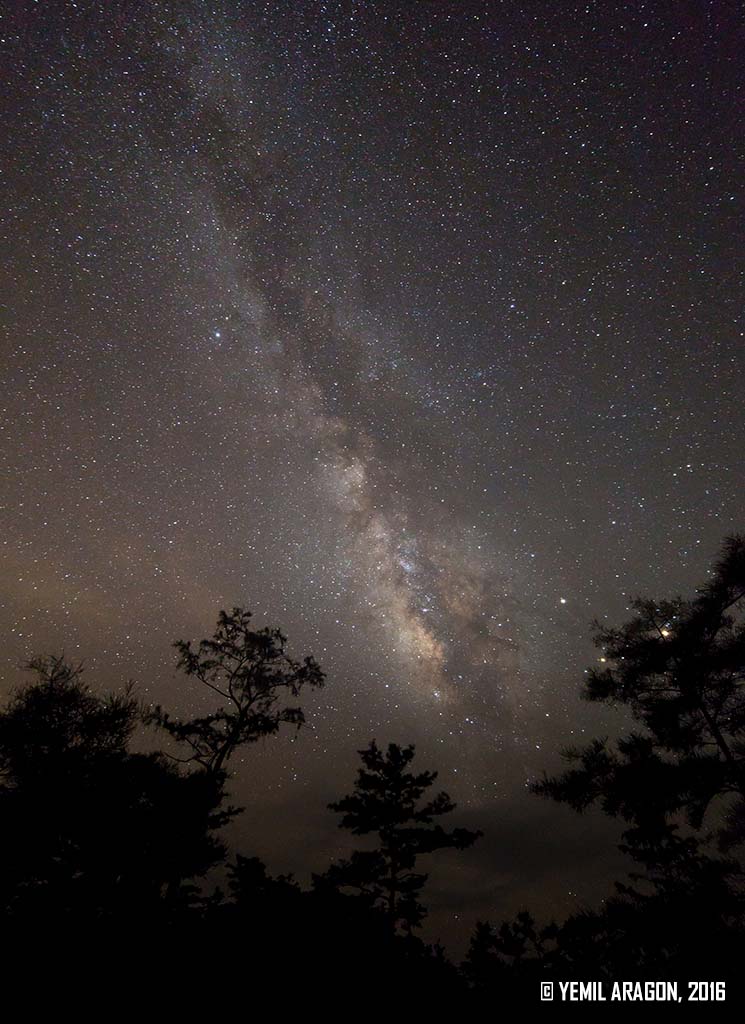
Preparing for this article also got my father, Louis Ferreira Jr., interested in photographing the Milky Way, so he made his own attempts with his Fujifilm X-E1 and Fujinon XF 18-55mm f:2.8-4.0 R LM OIS in Northern Florida over the past few days, where there are abundant dark skies. His shots are more on the artistic side, and I had him process a few of my images before publishing this article, so you can see how much processing plays into presenting the Milky Way in photography. Both have very different, but great, examples of how artistic interpretation and location affect Milky Way and stars photography.

The few astro posts I have written since preparing for this project also inspired a few followers on Twitter to tweet some very inspirational Milky Way photos to me. If followers start tweeting more images with @fuji_addict in them, I might start a regular post to promote the best ones for all of us to enjoy.
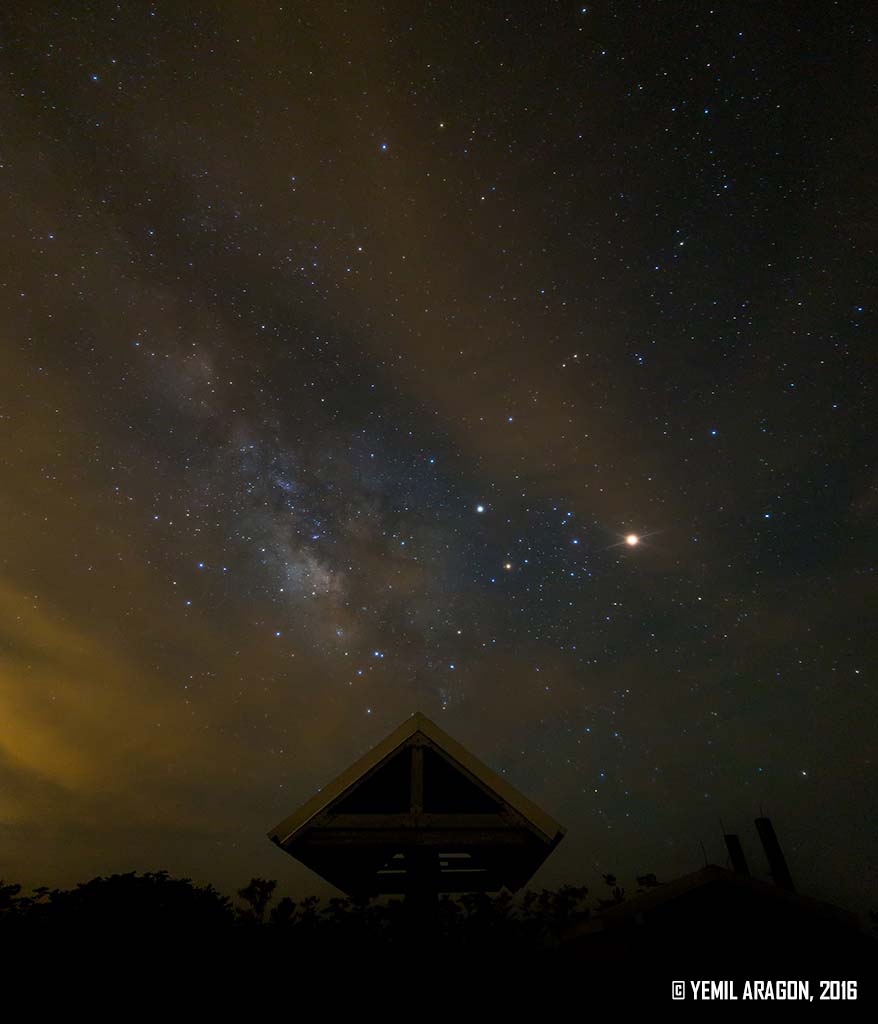
Attempting a Milky Way shoot is something every photographer should try at least once because it is a unique experience. This definitely won’t be the last time I put together a trip to shoot the stars because I found the experience to be an enjoyable and relaxing one, even though I am not overly proud of my results due to the weather.
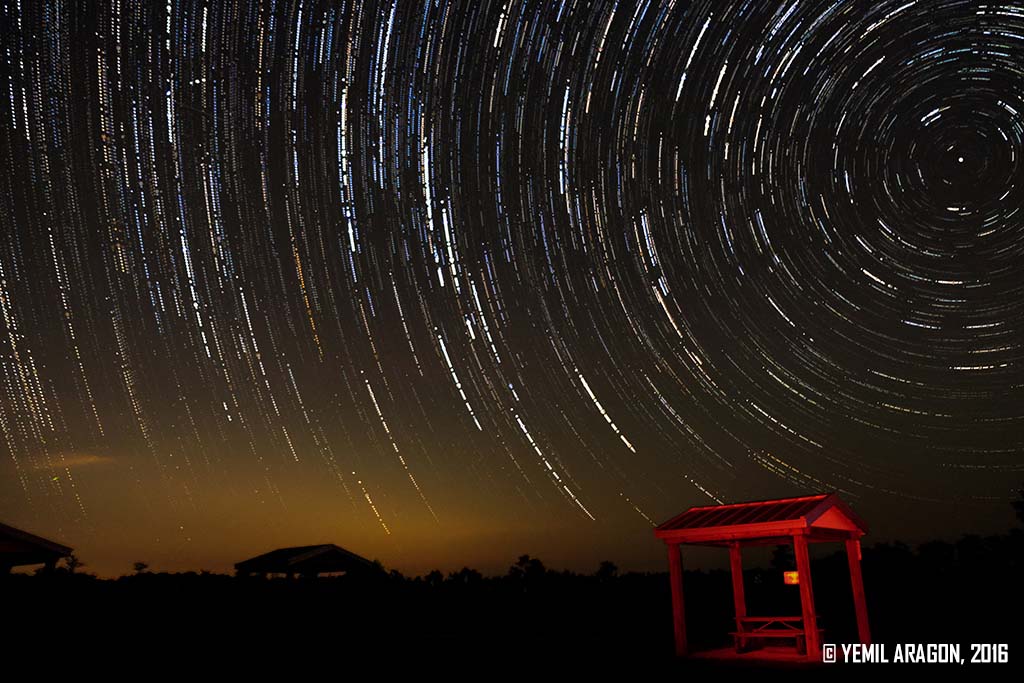
I created an album for Astrophotography if you want to see more of my Milky Way picture on 500px.
